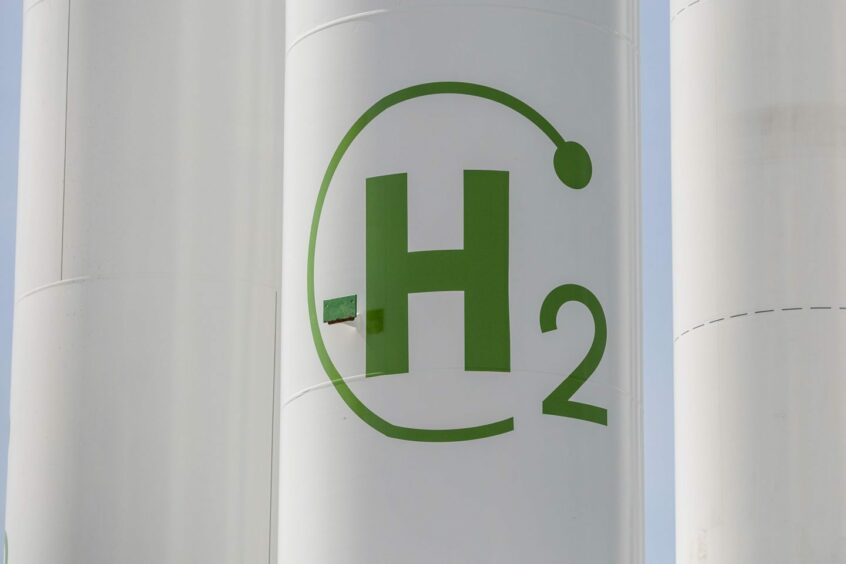
An Energy Industries Council (EIC) report has found that the global demand for hydrogen is expected to fall behind production levels by the end of the decade.
By 2030 the trade association for the energy industry projects that hydrogen production capacity is to reach 150 million tonnes, however, there will only be demand for 115 million tonnes.
The EIC has warned that this lower demand for the fuel source could result in investors losing interest in the industry as it looks to establish itself on a global stage, which may put the supply chain at risk.
The Hydrogen EIC Insight Report tracked the projects around the world, analysing the current state and future developments of the hydrogen industry and found that there is set to be a 22% uptick in demand for H2 molecules by the decade’s end.
However, a recent report from Boston Consulting (BCG) has found that “domestic and global demand for hydrogen is forecast to skyrocket in the next decade.”
This prediction is based on “the cost of hydrogen falling to competitive levels”, something the group expects to happen soon.
The group has predicted, based on how other new green energy sources have faired in their early years, “we could see production costs fall by up to 50% by the end of the decade,” however, the report does explain that this is an “optimistic target.”
BCG report that 380 million tons of low-carbon hydrogen will be needed globally in the next ten years if “we are to limit global warming to 2°C”.
If we are to meet the Paris agreement’s 1.5°C, 565 million tons per year, according to BCG.
A Hydrogen UK spokesperson said on the reported gap between supply and demand: “There has been a lot of focus on scaling hydrogen production in the UK and developing the necessary policies and schemes to support early stage projects.
“There now needs to be a similar level of detailed work in stimulating demand and removing barriers to the use of hydrogen across the energy sector.
“Hydrogen can be utilised to provide clean affordable energy across a number of different end uses however demand and production must come forwards in tandem.
“The Government’s decision to allow hydrogen to be blended into the gas grid from 2023 will be important for managing any supply and demand mismatches in the early stages whilst the sector is developing”
EIC’s hydrogen expert and the report’s author, Dr. Madana Nallappan, said: “EIC data is revealing to us a part of the picture that no one seems to be talking about.
“The hydrogen industry is so far very production-focused and not enough time and resources are being dedicated to creating the market for the product.
“The risk is that if you don’t create enough demand, investors are less likely to consider it as a worthwhile investment.”
Dr Nallappan defended the fuel source, saying it presents opportunities for the supply chain, adding that ” the equipment needed for the hydrogen sector is already part of other non-hydrogen supply chains such as downstream oil and gas.”
“Supply chain businesses should start acting now to gain the first-mover advantage,” said the hydrogen expert.
“It’s time to start identifying opportunities within the hydrogen value chain, be it supplying existing offerings or modifying equipment and services to support the market.
EIC’s head of external affairs, Rebecca Groundwater, added: “We have great export potential, not just for UK companies but globally, however, we have to also ensure that the demand side is in place to deliver.
“But if we want to actually see this manifest then we need to nurture the industry and have a credible pipeline of activity that supports both the production and demand sides.”
Recommended for you
